Have you wondered how the art of baking began, and spread its reach across the Philippines?
Baking, in itself, goes back at least a thousand years. The use of enclosed ovens, to produce bread and pastry, was probably introduced by European explorers and colonizers.

17th century oven as depicted by Jean-François Millet
Pies, and cakes, were prevalent in Europe during the 17th century, and as the continent spread its reach across the seas, they brought the art of baking along with it.
Philippine Baking Influences from Around the World
Baking in the Philippines goes back to at least a thousand years ago. Pies, and cakes, were prevalent in Europe during the 17th century. And, as the continent spread its reach across the seas, it brought the art of baking along with it.
One school of thought is that Spanish missionaries introduced baking to the country. Wheat was often used in food, by missionaries, who introduced the diet, as well as the preparation and process to the locals.

On the other hand, as early as 618 AD, China was already making “moon cakes” and the early settlers and traders who landed on Philippine shores, also inevitably shared this unique process of using dry heat to make bread and other desserts.

Ancient baking mold of mooncake. Photo courtesy of http://www.news.cn
However, let us not forget the contribution of our Malay ancestors, who introduced sticky rice cakes and layer cakes. One can argue that the Malay’s knowledge of baking was still derived from their Dutch colonizers, but the ingenuity in the use of local ingredients such as rice, corn and coconut, as well as making do with clay pots and wooden steamers, created something totally original.

The Kueh Lapis, with its colorful appearance and layered arrangement, makes it a likely source of inspiration for our Sapin-sapin. Photo courtesy of http://travelling-foodies.com
The History of the Baking Oven in the Philippines
Evidence of the most ancient oven in the world dates back to over six millenia ago. According to Wikipedia.com, it was discovered in Croatia. Before this, ancient bakers used flat, hot stones to make bread. The ancient Greeks lead the pack when it came to the practice of baking bread. It is believed that this began in 600 BC. In the days of the Roman empire, being a pastry chef was a top profession. Today pastry chefs the world over enjoy celebrity status.
The use of ovens in the Philippines all started with the humble pot oven or palayok. This is still in use today day. Filipinos baked their creations in the palayok over charcoal. It was set on top of a hibachi, a Japanese grill. It may come as a surprise, but the hibachi was first used in Ancient Japan.
With the advent of electricity in the 1800s came the use of industrial ovens. Today, we enjoy the convenience of a wide range of ovens. These are powered by gas, electricity, conduction, and convection. Other types are the microwave, toaster, roaster, and even self-cleaning ovens.
The History of Cake in the Philippines
The history of cake in the Philippines starts with our Malay ancestors. They introduced sticky rice cakes and layer cakes. One can argue that the Malay’s knowledge of baking stems from their Dutch colonizers. But, we can thank the Malays for their ingenuous use of local ingredients. These include rice, corn and coconut. They also taught us how to make do with clay pots and wooden steamers to create original baked goods.
But, the history of bread and pastry in the Philippines began with European explorers and colonizers. They introduced enclosed ovens to the locals. And, when the Americans came to our shores, they introduced the use of flour and the technology needed to mill it.
Maria Orosa & Her Contribution to Philippine Baking
If there’s one person in our history that we can thank for all her baking contributions, its Maria Orosa. She developed foods from native ingredients, using her background as a chemist. One was Darak made from rice bran and the other Soyalac from soybean.
Our love for banana ketchup is all thanks to her. She also introduced powdered calamansi and certain types of local wine. The palayok was her invention.
She risked her safety to smuggle food to the prisoners of war during the Japanese occupation. A true heroine, she was a guerilla captain who fought for Philippine independence.
The Role of Baking in the Filipino Lifestyle
Like other aspects of Filipino life, different cultures comprise our history as a baking country. It has become part and partial of growing up Filipino.
Food items such as Ensaymada, Sapin-sapin, Leche Flan and Biko were integral to one’s childhood. Having baked goods at home became a common thing. Breakfast would consist of Tasty Bread, and Puto or Mamon would be there during merienda.

Just a few examples of the different types of Filipino baked goods and “kakanin.”
For the everyday Filipino, there was a “bakery sa kanto” (neighborhood bakery). It is there that one satisfies cravings for Pandesal, Kalayaan and Monay.

Typical bread that you can find in a neighborhood bakery.
For those who could afford an oven, cake, cookies, bread and similar desserts, became staples. These are enjoyed during mealtime, snacks and feasts.

A modern kitchen, where baking techniques of yesterday, and appliances of today meet.
The importance of baked goods in Philippine tradition is undeniable. There’s no definitive answer to how it all began due to all the foreign influences. What we do know, is the importance of this wonderful and delicious art. It has since been vital in every Filipino’s life.
Share this post with foodie friends and family who love to bake. Got a piece of Philippine baking trivia you want to share? Leave a comment below.
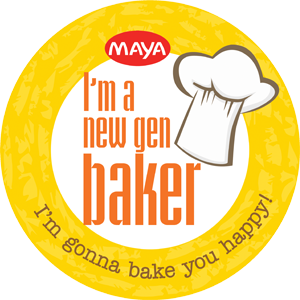

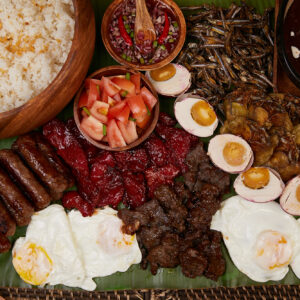
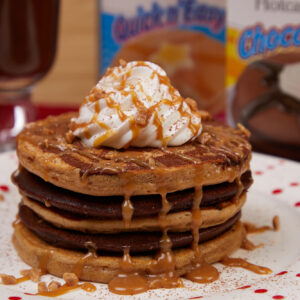
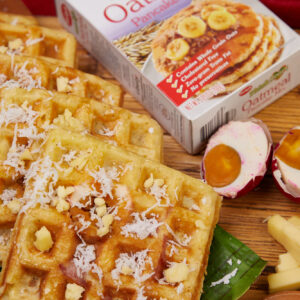
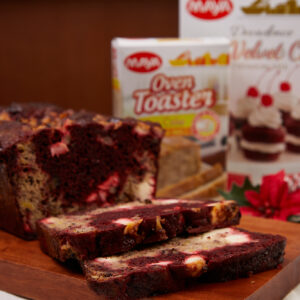
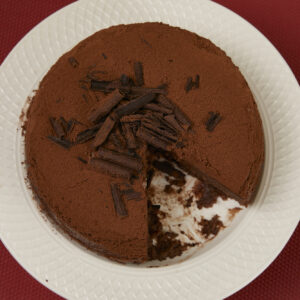
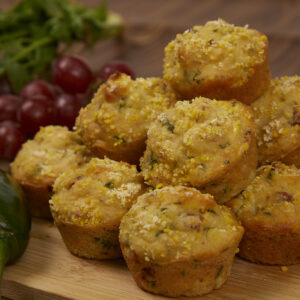
7 Responses
Good day.
Do you have baking classes in Batangas City area, Sat or Sunday classes only?
No, only at The Maya Kitchen, 8th floor Liberty Bldg. 239 A. Arnaiz Avenue, Legazpi Village, Makati.
I would like to take some classes next June & July 2018 and would also like to know your tuition rates. Thank you!
Pls. bookmark https://themayakitchen.com/classes/ for class schedule, fees, and other details.
Hello,
I would like to ask if you have free baking for a day.
Oh that’s our Bake Magic Together class. Currently, we are not offering them. We may bring those free classes back in the future. Follow The Maya Kitchen on Facebook to keep updated.